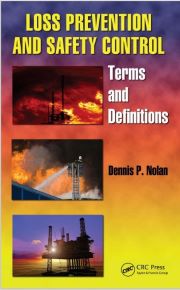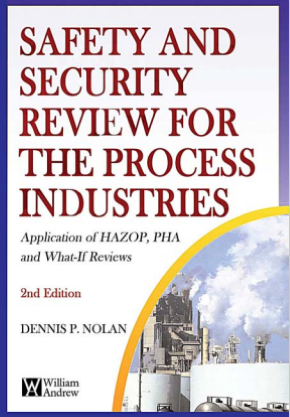The hazard of fire is the consequence of uncontrolled, exothermic chemical reactions, especially between organic materials and air. It is particularly associated with combustible materials and energy sources used by people in everyday life. Although fire threatens both life and property and its control occasions much expenditure, the hazard must be set against the benefit gained from these resources so that a balanced view can be obtained. Moreover, living standards are highly dependent on the use of buildings. The extra danger when fires occur in an enclosure, with the heat and smoke being trapped rather than moving relatively harmlessly upward, needs to be set against the intrinsic value of using buildings. It follows that one cannot, in general, eliminate fire hazard, although one can reduce it to an acceptably low level by suitable design procedures




